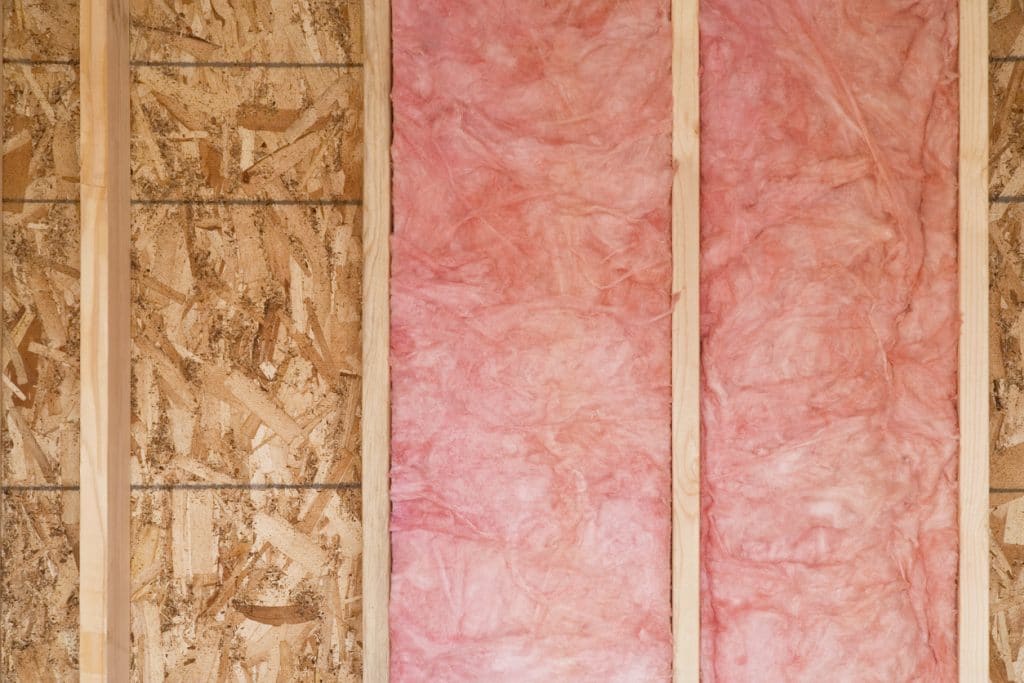Preventing heat loss (in the winter) or gain (in the summer) for your Portland home, as well as your Portland home energy score rating will often come down to the question of how well your home is insulated. When most people think of insulation, they think R-value: The higher the better. But that’s not necessarily the full story.
Must Know Insulation Summary
To understand why, let’s examine the three ways heat is transferred in and out of a home: Conduction, Convection and Radiation.
The Conduction aspect of heat loss (or gain) is where R-value comes into play. Conduction is the method of heat transfer modeled when you hold a hot coffee cup in your hand: The ceramic conducts heat very well, meaning that the heat can travel easily from its source — the coffee — to the next destination — your skin. The result is a burn if you’re not careful.
Metal also conducts heat well, but insulated coffee mugs work by placing a layer of air between the metal walls of the mug. Air is actually a good insulator (if it’s trapped). The coffee stays hot while your hand stays cool.
In a house, the insulating material — whether it be fiberglass, foam or fiber — performs the same function as the air in an insulated mug, and its effectiveness is measured by the R-value of the material. The higher the R-value, the better it performs in preventing the Conduction aspect of heat loss from occurring. When it comes insulation and your home energy score, there is a direct translation to home energy performance and lower utility bills.
But what about Convection and Radiation? Convection occurs when air physically moves in and out of a home, taking heat with it. All homes need to breathe a little bit, but too much convection can lead to inefficiency. Sealing and insulating places where air can leak out or in is the best way to prevent it. See our article on some DIY tips for sealing gaps and cracks to improve your Home Energy Score.
Radiant heat gain is the reason that some insulation is backed with a shiny, reflective material. This surface reflects infrared heat energy, keeping your home cooler in the summer months. The hotter it is, the more effective radiant heat barriers are; for most homes in temperate Portland, they are not as high a priority as having good insulation, with proper R-value to prevent conductive heat loss or gain.
So, How Much R-Value is Enough?
Home Energy Score Method
The Home Energy Score methodology created by the US Department of Energy, which is a significant part of what Portland energy score assessors access to create the Home Energy Score Report, makes recommendations for R-values around the home. These recommendations are not the same for every home; they vary based on the home’s location, structure, age and other characteristics. In other words, it’s difficult to guess what the best R-value will be to insulate any given area, until the home energy assessment is performed.
For most Portland homes, the question will be whether or not insulation is present at all, especially in attics. Portland is in climate zone 4, according to the Department of Energy, and because temperatures are not as extreme as in the Midwest and Northeast, so buying the maximum R-value insulation possible does not always make sense. Portland attics should be insulated to at least R-38, and all the way up to R-60, depending on the home. Floor insulation should fall into the R-25 to R-30 range, with wall insulation a standard R-13 for homes in all parts of the country. However, basement wall insulation may need to go higher.

